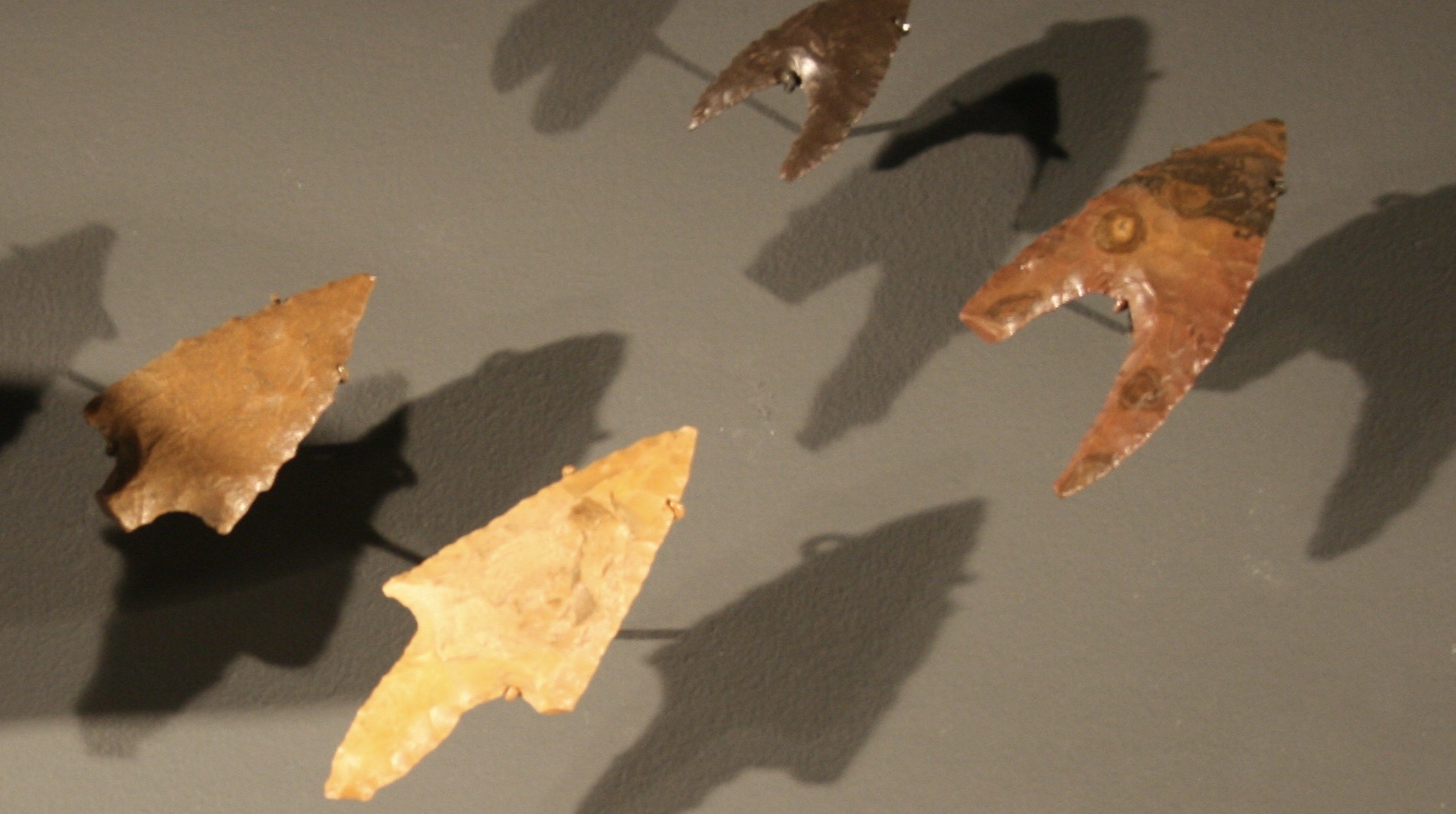 Intelligent Design
Intelligent Design
The Advantages of a Bayesian Approach to ID

In two previous posts, I introduced Bayes’ Theorem and its application to biological design. See here:
I noted that structuring the argument in the way I have proposed helps us to address some popular objections to intelligent design.
For example, consider the argument from suboptimal design, which I have addressed at Evolution News before (e.g., see here and here). This argument concerns the supposed unlikelihood that a designer would create biological structures that appear to be imperfect, such as the circuitous route of the recurrent laryngeal nerve. However, when you consider evidence as a likelihood ratio of P(E|H) and P(E|~H), this argument quickly loses its force. Even if we concede that given examples of suboptimal design are improbable on the hypothesis of design, they are still, I would suggest, more probable on the hypothesis of design than on its falsehood. Therefore, even granting a very low probability to the existence of apparently sub-optimally engineered systems on the hypothesis of design, such systems still count as evidence for design rather than against it.
Our Experience of Human Agency
Another popular objection to design as an inference to the best explanation is that we only possess uniform and repeated experience of human agency. We do not have experience with non-human designers, much less non-material ones (which, in my judgment, any plausible contender for the role of designer would have to be). However, as Lydia McGrew points out, “Any attempt to use frequencies, either to make a straight inductive inference or to construct a likelihood for a Bayesian inference, must confront the problem of induction” (McGrew, 2004). In other words, it is always a possibility that a group which has some characteristic that differs in some way from the sample already analyzed differs also with respect to the very quality about which we are interested.
McGrew gives the analogy that there is always a possibility that prehistoric civilizations did not have the ability or desire to make arrowheads. Nevertheless, if we discover arrowheads that date to prehistoric times, it becomes irrational to reject the inference that the prehistoric arrowheads were produced by an intelligent agent simply due to the fact that he lived in a time period different from the other makers of arrowheads with which we are familiar. Why then, asks McGrew, should there be special hesitation about a similar use of induction when it comes to extrapolating from a known group to an unknown group in the ID debate? Why should the gap between human and non-human agents be of greater epistemic significance than that between human agents living in different time periods? It seems to be quite arbitrary.
The same principle may be applied to the objection that we have never observed intelligent agents design living objects, even those which are information rich and contain irreducibly complex machinery. As McGrew again points out, reference class difficulties always occur when induction is used. Indeed, an event or object may always be defined in such a way so as to make it unique with respect to some of its properties.
Belief and Evidence
To conclude, I submit that Bayes Theorem represents a powerful way to model and structure one’s thinking, especially about proportioning one’s confidence in a conclusion relative to the strength of the available evidence, as well as informing one how one ought to update one’s belief in response to new evidence.
The Bayesian formulation of biological design arguments is, in my opinion, deserving of greater attention. Bayesian inference is widely used when dealing with design in the physical sciences. Perhaps the time has come for this structure of argument also to be used in design arguments in the life sciences.
Literature Cited in This Series
- Barnes, L.A. (2018) “Fine-tuning in the context of Bayesian theory testing.” European Journal for Philosophy of Science 8:253-269.
- McGrew, L. (2004) “Testability, Likelihoods, and Design.” Philo 7(1):5-21.
- McGrew, Timothy. (2005) “Toward a Rational Reconstruction of Design Inferences.” Philosophia Christi 7:253–98.
